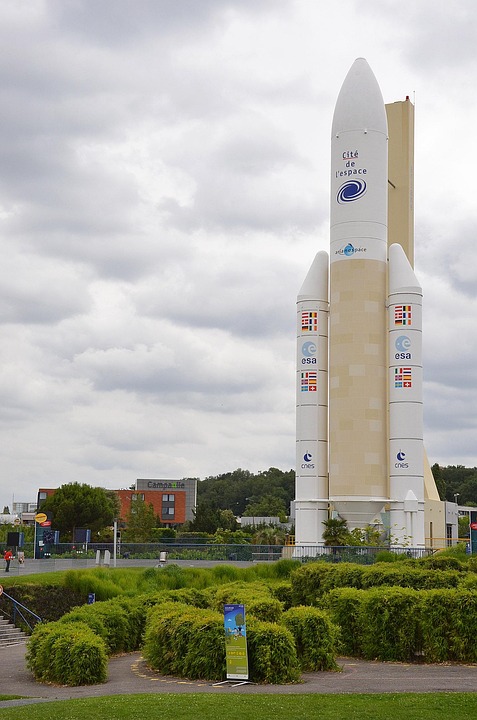Metaverse Gaming and Sustainability: A New Frontier for Responsible Innovation
The metaverse, a collective virtual shared space created by the convergence of virtually enhanced physical and digital reality, has emerged as a revolutionary platform for gaming, social interaction, and economic activity. As platforms like Decentraland, Roblox, and Fortnite continue to captivate millions, the intersection of metaverse gaming and sustainability is becoming a critical topic of discussion. While the metaverse offers limitless possibilities for creativity and engagement, its environmental and social implications are increasingly under the spotlight. This article explores the sustainability trends shaping metaverse gaming, the challenges it faces, and how the virtual world can drive real-world ecological and ethical progress.
The Environmental Impact of Metaverse Gaming
The metaverse’s growth hinges on advanced technologies such as blockchain, virtual reality (VR), and augmented reality (AR), which require significant computational power and energy. Data centers that host these virtual worlds consume vast amounts of electricity, contributing to carbon emissions. For instance, the energy required to power blockchain networks—essential for NFTs and decentralized economies—has raised concerns. Ethereum, a popular blockchain for metaverse applications, previously relied on energy-intensive proof-of-work mechanisms, but its 2022 transition to proof-of-stake (PoS) reduced its energy consumption by over 99%, setting a precedent for greener alternatives.
Moreover, the hardware used for immersive gaming, such as VR headsets and high-performance PCs, raises questions about e-waste and resource depletion. The demand for cutting-edge devices could exacerbate environmental strain if not managed responsibly. As the metaverse becomes more mainstream, its energy footprint and resource usage are inevitable challenges that developers and users must address.
Sustainable Technologies in the Metaverse
Despite these hurdles, the metaverse is also fostering innovation in sustainability. Many platforms are adopting energy-efficient technologies to mitigate their environmental impact. For example, Decentraland has committed to using renewable energy for its servers, while The Sandbox collaborates with eco-conscious creators to highlight green initiatives. Additionally, some developers are exploring low-energy blockchains like Tezos or Polygon, which use PoS or other mechanisms to reduce carbon footprints.
Another trend is the integration of digital twins—virtual replicas of real-world systems—to simulate environmental scenarios. These tools can help users understand climate change, urban planning, or renewable energy solutions in an interactive way. For instance, games like ZooCraft allow players to build sustainable cities, blending entertainment with ecological education.
Virtual Economies and Green Practices
The metaverse’s virtual economies, often built on blockchain, are also evolving to prioritize sustainability. NFTs (non-fungible tokens) have faced criticism for their energy use, but many platforms are now shifting to carbon-neutral or offset models. For example, Axie Infinity has introduced a “green energy” initiative to incentivize players to use renewable energy sources for their gaming activities. Similarly, Gala Games promotes eco-friendly mining practices by using energy-efficient hardware and partnering with solar power providers.
Some games are even embedding sustainability into their core mechanics. Players might earn rewards for completing eco-conscious tasks, such as reducing virtual carbon emissions or conserving digital resources. These gamified approaches not only engage users but also encourage real-world awareness and action.
Metaverse as a Tool for Real-World Sustainability
Beyond its own environmental footprint, the metaverse has the potential to drive real-world sustainability. Virtual environments can reduce the need for physical travel, lowering carbon emissions from commuting or events. For example, virtual conferences and meetups in the metaverse could replace in-person gatherings, cutting down on air travel and hotel energy use.
Moreover, metaverse platforms are being used to simulate environmental solutions. The United Nations has explored virtual spaces for climate change awareness, while educational games like Eco let players collaborate on sustainability challenges. These experiences can inspire real-world policies, promote green technologies, and foster a culture of environmental responsibility.
Challenges and the Road Ahead
While progress is evident, challenges remain. The widespread adoption of energy-intensive technologies, the ethical concerns around digital asset ownership, and the potential for increased consumption in virtual worlds are issues that need attention. Additionally, the lack of standardized sustainability metrics for metaverse platforms makes it difficult to assess their true impact.
To address these, industry leaders are advocating for transparency and accountability. Initiatives like the Metaverse Environmental and Social Governance (ESG) Framework aim to set guidelines for energy use, data privacy, and ethical practices. Consumers and developers alike are pushing for more sustainable choices, such as opting for devices with longer lifespans or supporting platforms that prioritize carbon neutrality.
Conclusion
Metaverse gaming is at a crossroads, balancing its potential for innovation with the need for sustainability. As the virtual and physical worlds become more intertwined, the metaverse can serve as both a mirror and a catalyst for real-world environmental and social responsibility. By embracing green technologies, fostering eco-conscious virtual economies, and leveraging its unique capabilities to educate and inspire, the metaverse has the power to redefine what it means to game sustainably. The future of this digital realm depends on its ability to harmonize technological advancement with a commitment to protecting our planet—a challenge that, if met, could make the metaverse a force for good in the fight against climate change.
Final Thought
The metaverse is not just a playground for the imagination; it’s a space where sustainability can thrive. As users, developers, and policymakers collaborate, the virtual world may soon become a blueprint for a greener, more equitable future.







